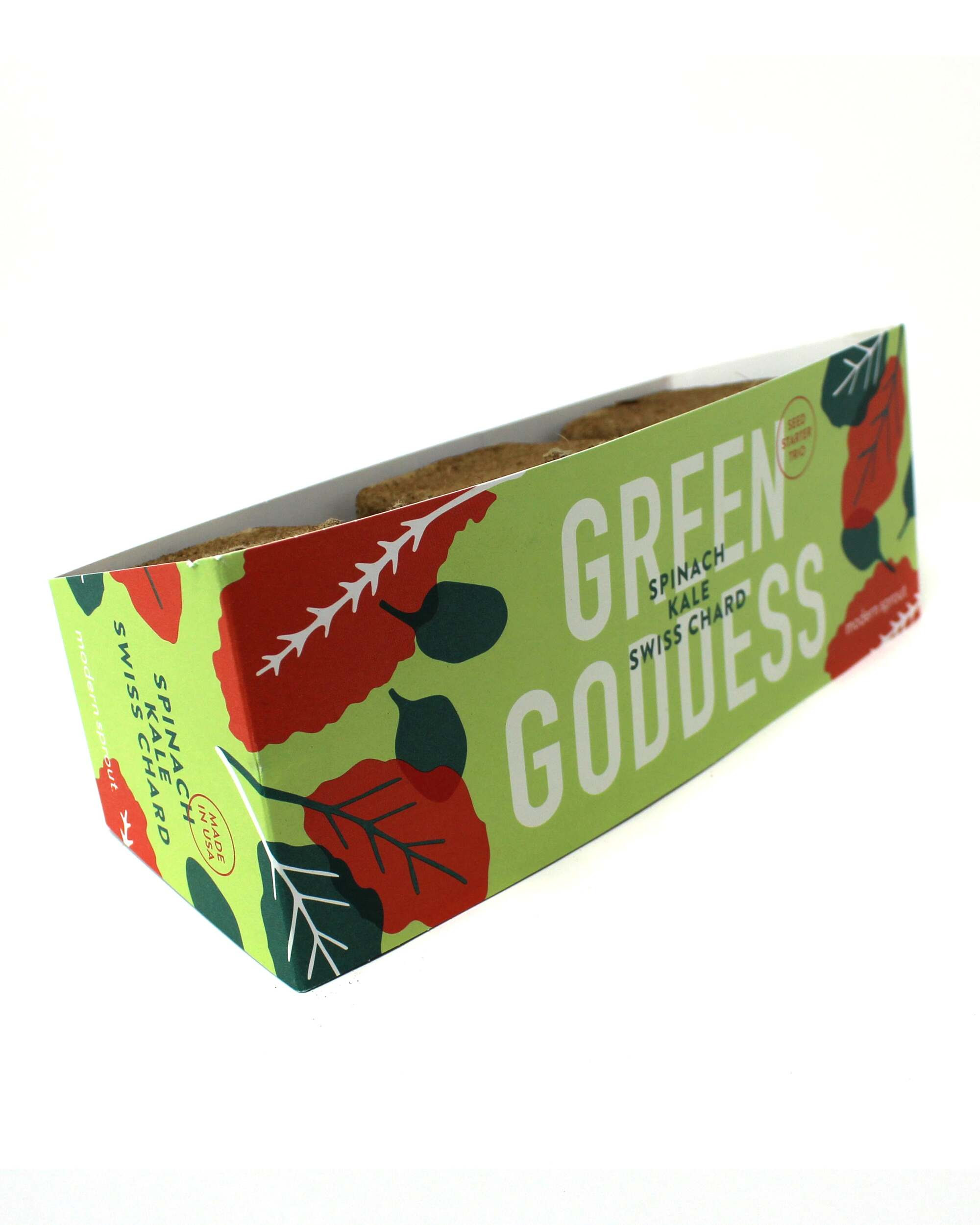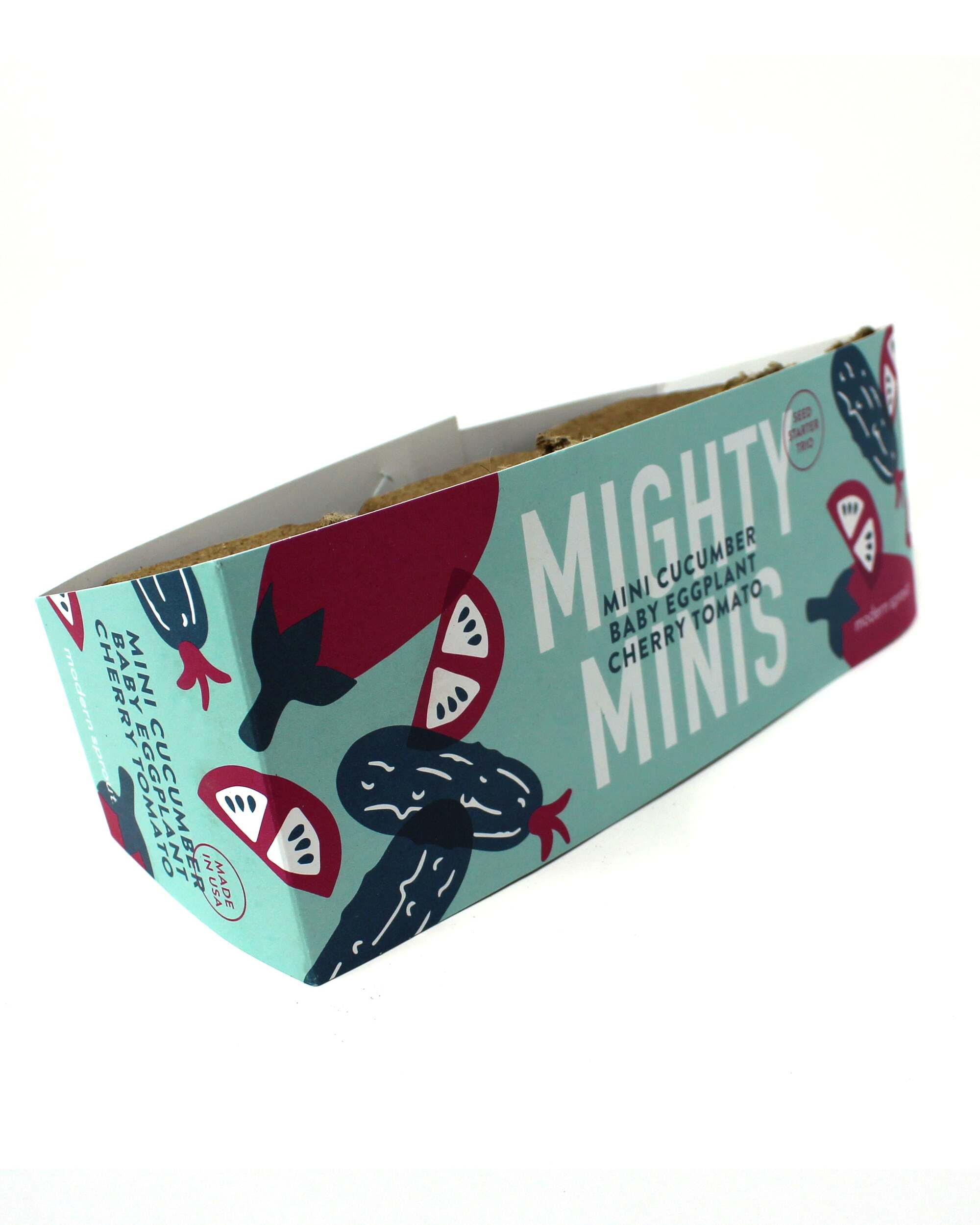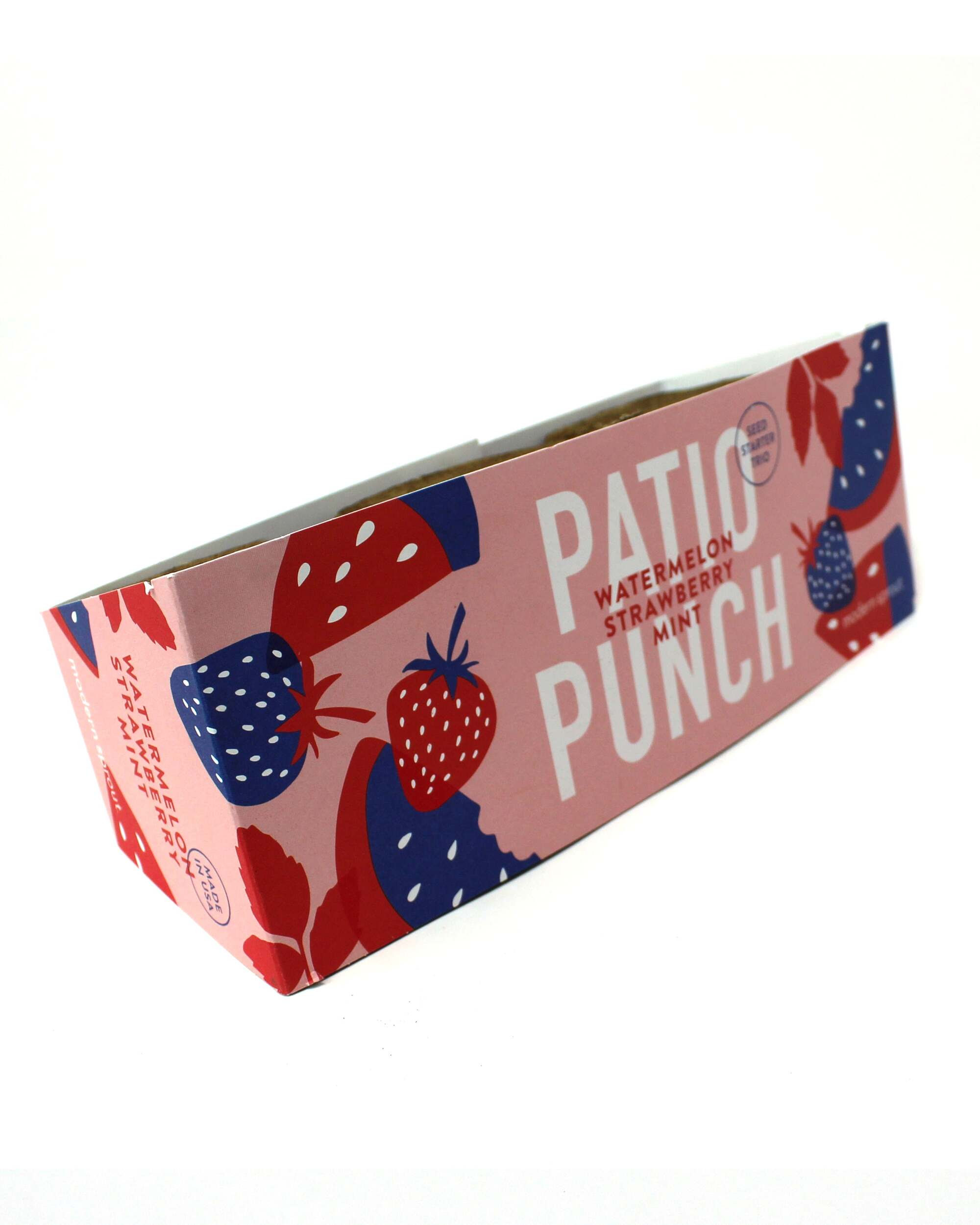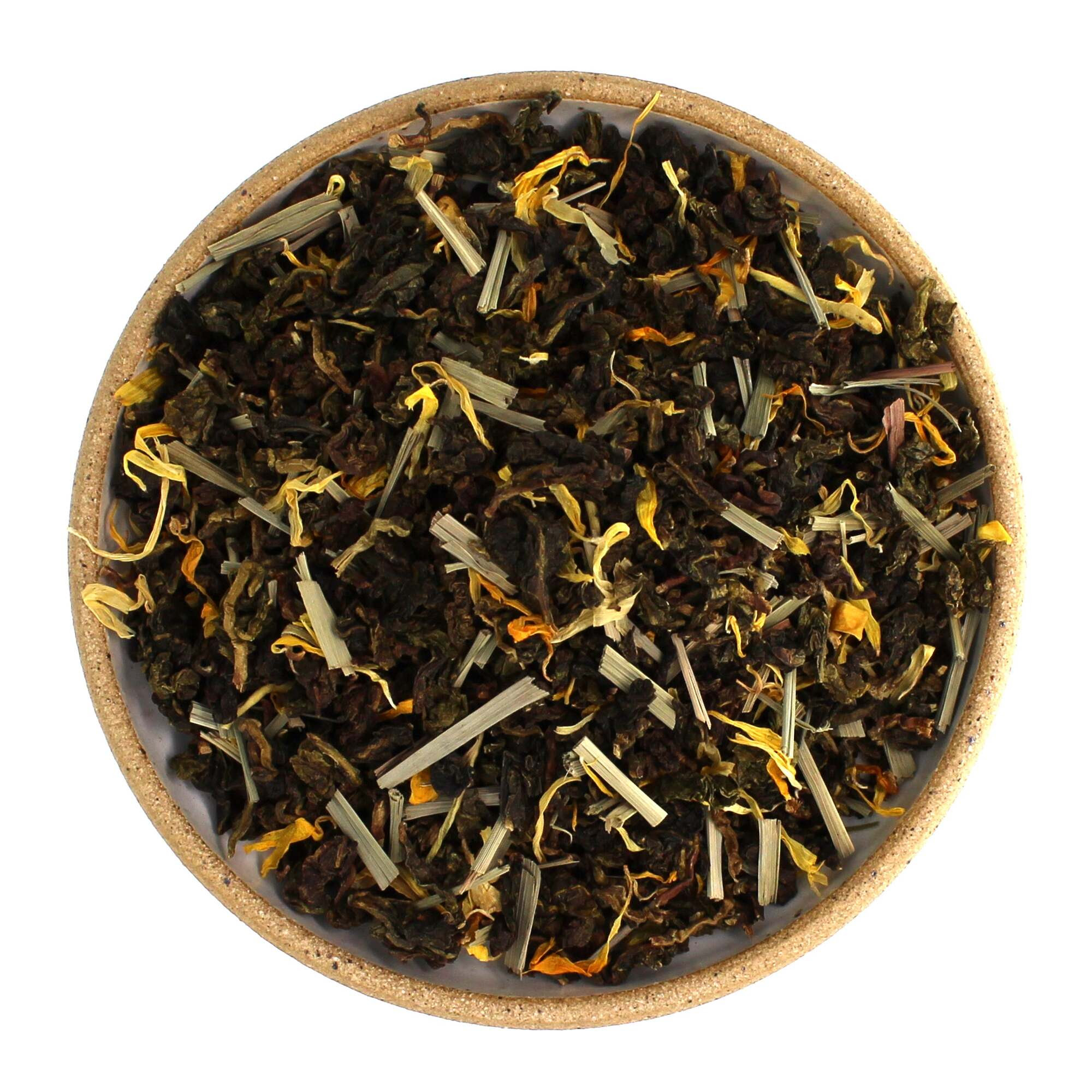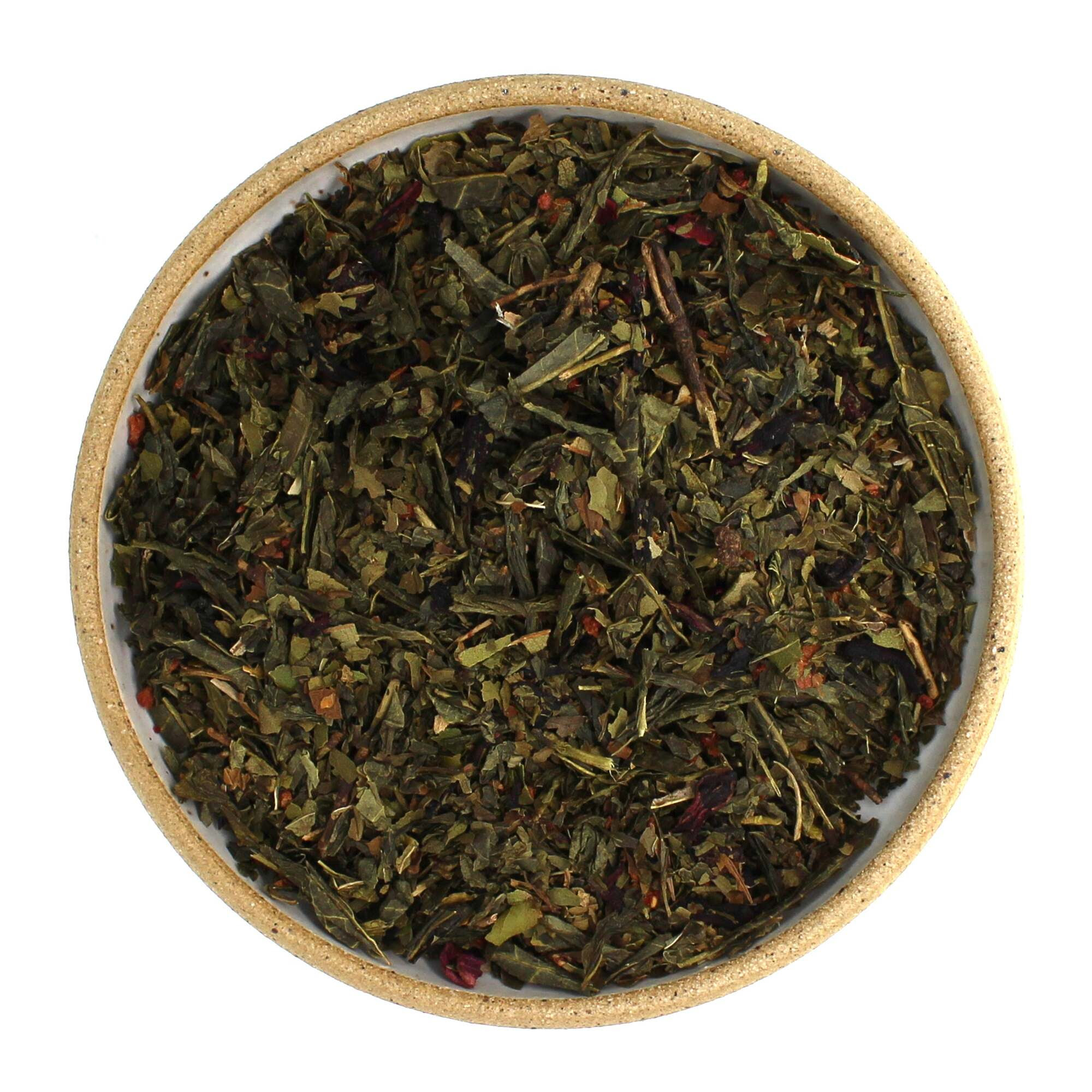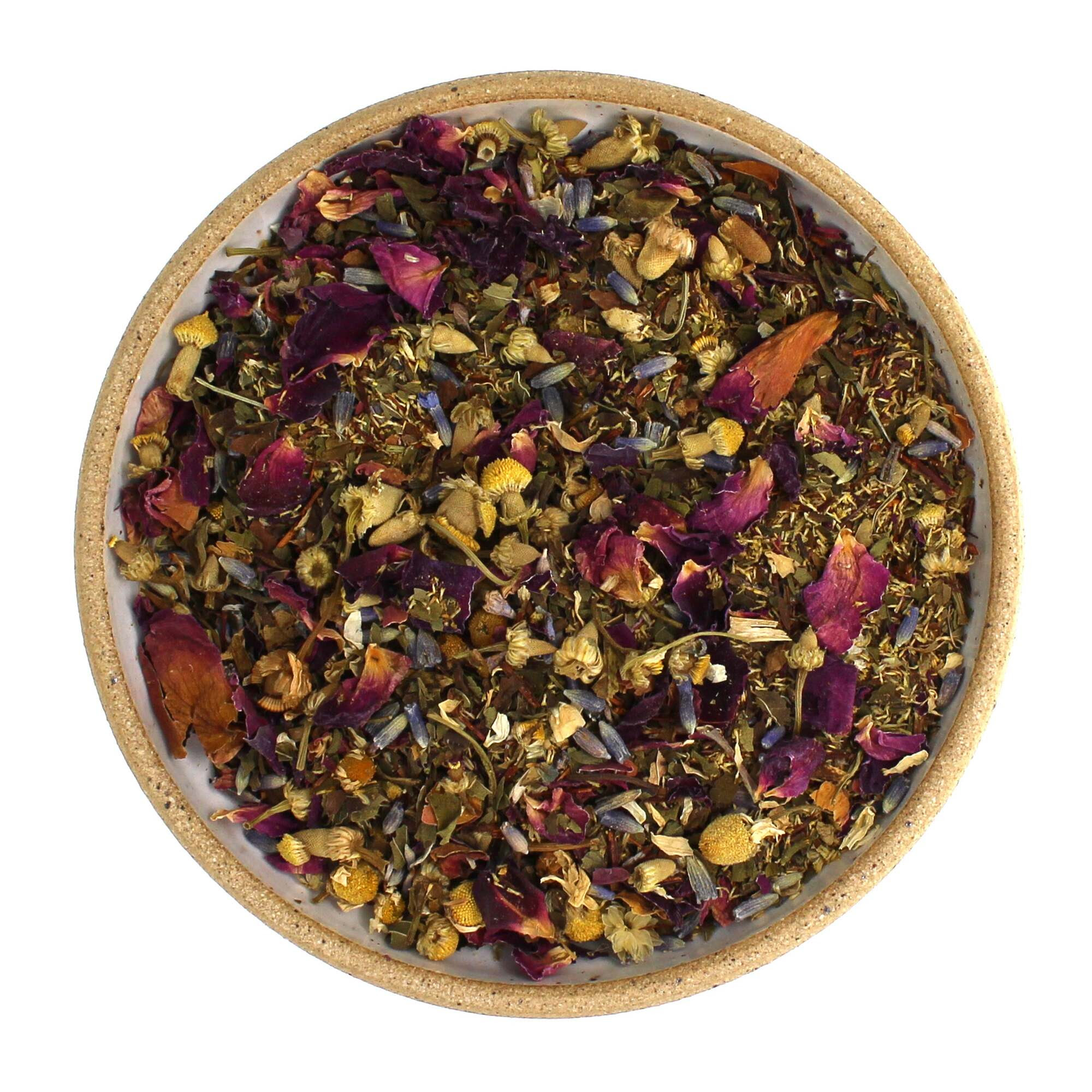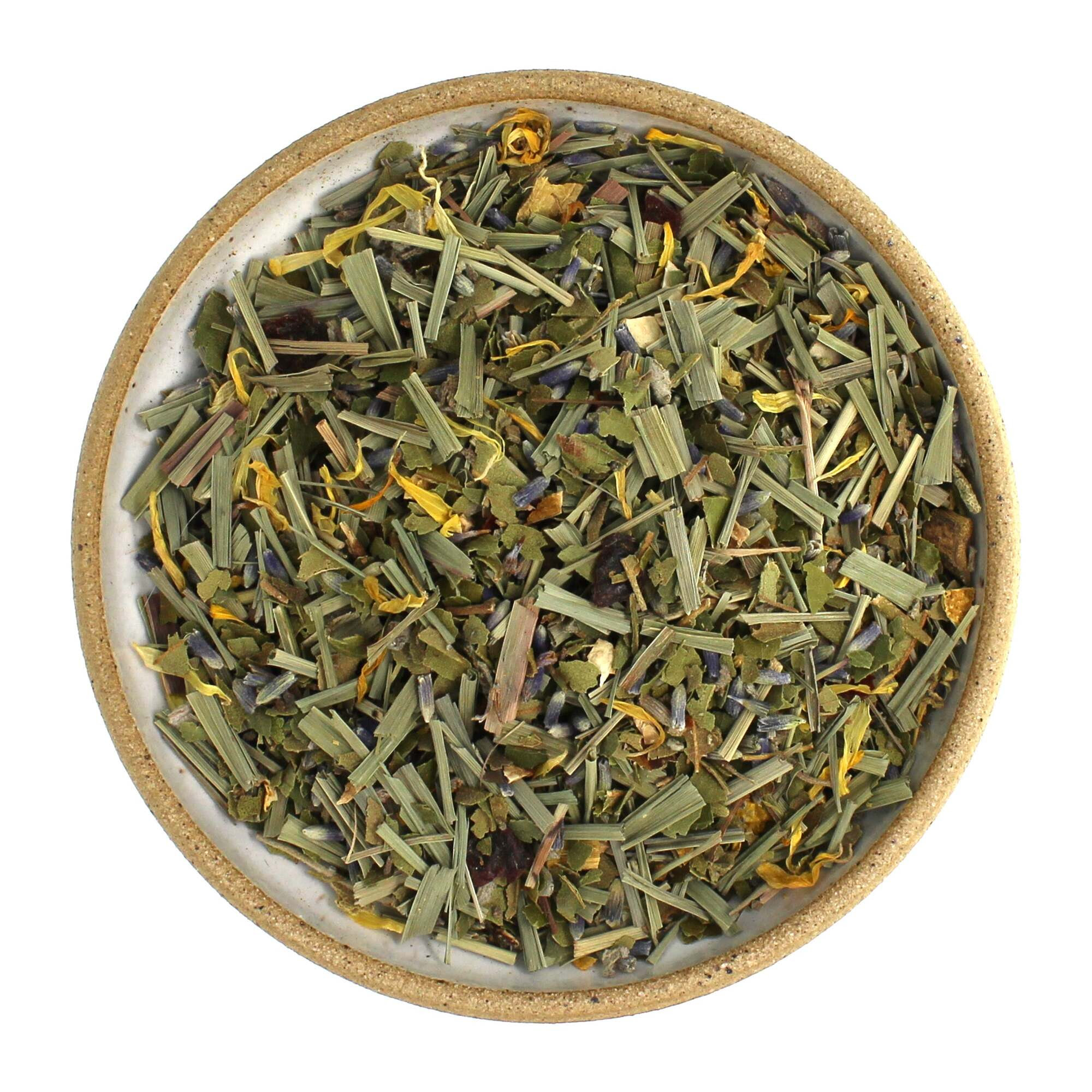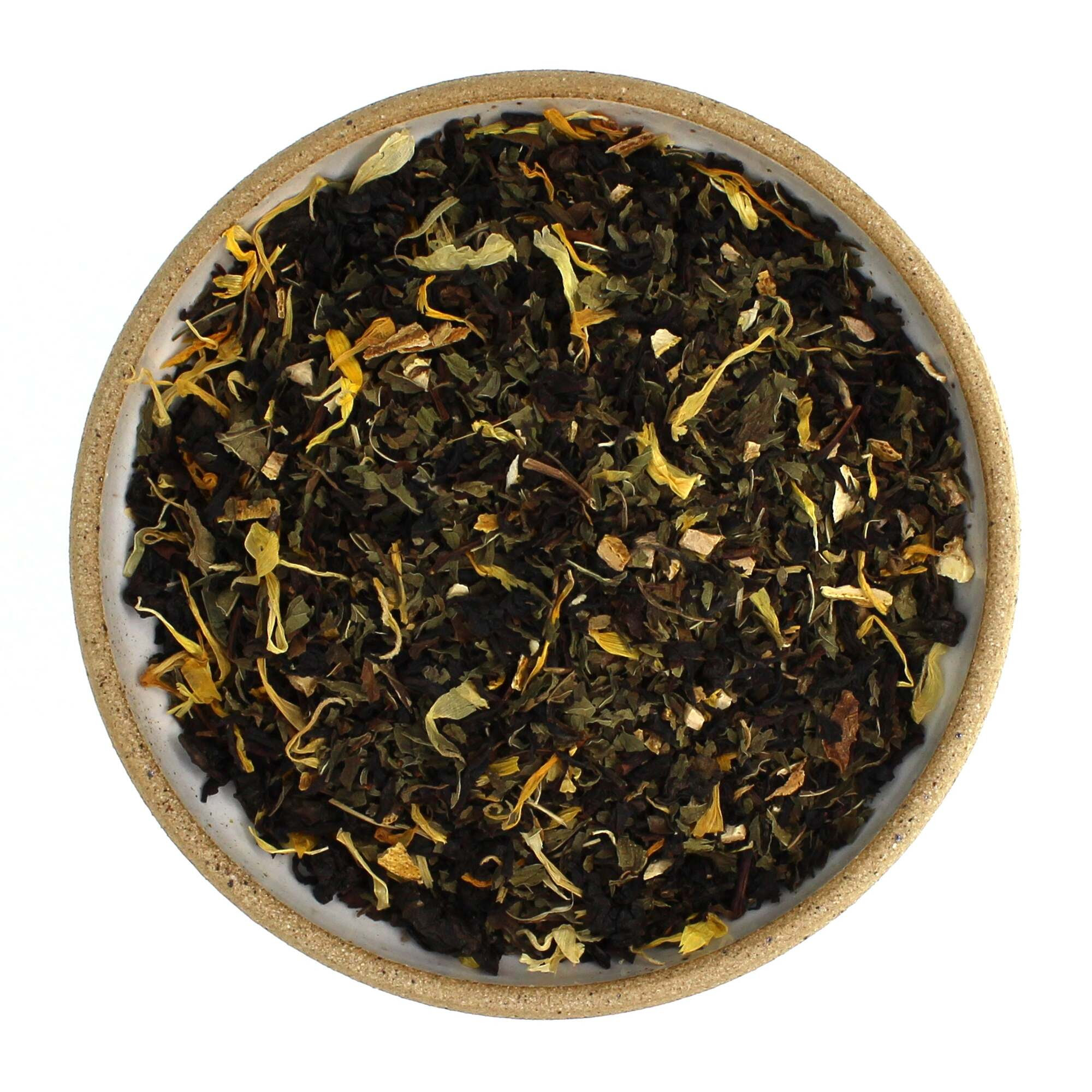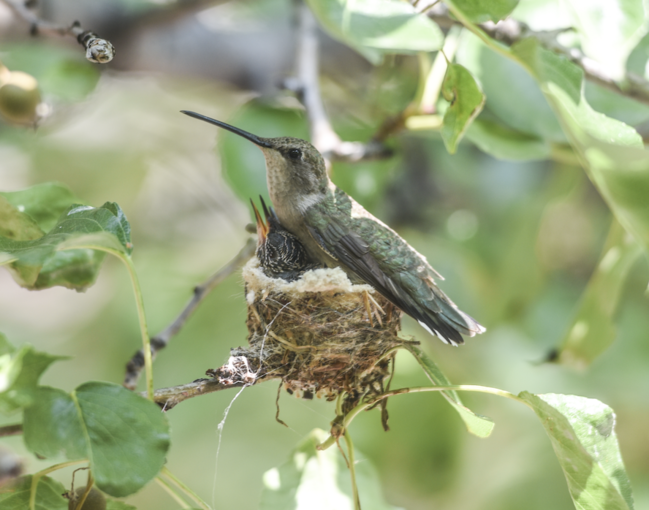
GET GARDENING 🌷
Share
Pollination Station
How to plant a pollinator friendly garden in a changing climate:
Pollinators play a very important role in plant reproduction and are needed to support healthy ecosystems. We think of bees when we think of pollinators but there are so many more! Birds, bats, butterflies, moths, small mammals, beetles, and even flies are pollinators. Humans rely on pollinators for survival, as we rely on plants as a food source and for medicines.
The changing climate is impacting pollinators by shifting growing and blooming seasons and weakening the plant populations that pollinators depend on. Every gardener can make small changes in their gardening practice to encourage the health of their local pollinators. Here's how to get started. ⬇
HERE ARE 5 THINGS YOU CAN DO FOR YOUR POLLINATORS THIS SPRING:
1. Plant native species.
Native plants feel like home to your local pollinators due to a long evolutionary relationship. Getting to frolic about and suck up that sweet nectar of certain plants is like going over to grandma's house and getting to eat one of her homemade chocolate chip cookies. Why choose store bought cookies if you can have grandma's? 😉 Native plants will flourish without the addition of fertilizers and pesticides. Pro tip: Growing flowering plants helps attract and sustain declining bee populations. Consider lavender, mint, sage, thyme, oregano, onion, sunflower and rose if they are native to your area.
2. Plant Edibles
Growing your own herbs, fruits and vegetables is a good way to make your garden more climate friendly. Homegrown food increases soil carbon and decreases carbon emissions from food packaging, refrigeration, and transportation. Plus, rotating annual crops helps maintain soil microbial health and prevent plant disease.
3. Plant for the long run.
Some pollinators emerge in early spring, while others don't appear until the middle of summer, but they all need pollen and nectar while they are active and having their babies! Have several different plants in bloom from early spring through late fall to maximize the effectiveness of your pollinator habitat. Overlapping bloom times will ensure there is always something in your garden to provide nutrition for pollinators.
4. Save perennial garden cleanup for spring.
Pollinators spend their winter in different life stages: eggs, larvae, pupae and adults. They need somewhere safe to grow as the outside world begins its winter slumber! Some spend their winter in hollow stems, while others attach to plants or cozy up in fallen leaf beds and other decaying matter. To protect the off-duty pollinators, don't cut down your perennial gardens until spring, and keep beds of leaves intact through the winter if you can.
5. Ditch the modern hybrids.
Many garden plants have been manipulated for larger blooms and vibrant colors and may have lost their natural ability to produce nectar and pollen. In the breeding process, some flowers may become so complex that pollinators can't locate the nectar. When buying flowering plants, purchase older heirloom varieties known to have nectar and pollen.
Start your pollinator friendly garden now!
⬇
Green Goddess Seed Starter Trio
Mighty Minis Seed Starter Trio
Check out these blends reminiscent of a blooming garden!
⬇


